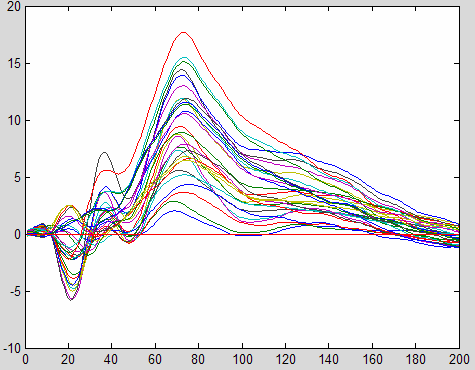
About DePaul
Founded in 1898, DePaul is a private university of higher education and research in Chicago, Illinois. As the largest Catholic university in the United States, DePaul has been recognized for its diversity and commitment to learning, research, and public service.
The Neurophysiology LaboratoryDePaul University
Department of Psychology
Byrne Hall, room 619
2219 North Kenmore Avenue
Chicago, IL 60614
![]() 773/325.7405
773/325.7405
Welcome to the Neurophysiology Laboratory!
The Neurophysiology (NP) Laboratory is the host to DePaul's only Electroencephalography (EEG) equipment, which is integrated with measures for other physiological data and eye tracking. It is located in room 619 of Byrne Hall on the Lincoln Park Campus. It is available to faculty, staff, and students across the university. To conduct research in the NP Lab please complete the intake form located under the “Get Involved” tab.
Electroencephalography (EEG):
We collect data using BioSemi ActiveTwo high-density EEG equipment. We have caps to fit most adult heads, and can record from up to 32 scalp electrodes. Additionally, the system has 8 additional electrodes that can be placed anywhere on the head or body. For EEG studies, they are generally placed near the eyes and used to control for the electrical activity caused by eye movements and blinks.
Electromyography (EMG) and Other Physiological Measures:
Additional electrodes integrated with the BioSemi equipment can also be used to measure facial muscle activity, called facial electromyography (EMG), a potent assay of emotional reactions to stimuli. While recording from these electrodes, the system can also monitor galvanic skin response (GSR) using two seperate electrodes. The lab also has a Plethysmograph sensor which measures pulse by using an infrared photoelectric sensor to detect changes in tissue blood volume. Respiration can also be measured with the use of our Nihon Kohden TR-753T respiration belt.
Eye Tracking:
Eye tracking data can be obtained using our EyeLink 1000. This system can be used in highly sensitive areas which is great for use with our ActiveTwo EEG equipment. It can be used both remotely, and with the use of the EyeLink Head Support, which can help support the participant's chin, forehead, or both.
